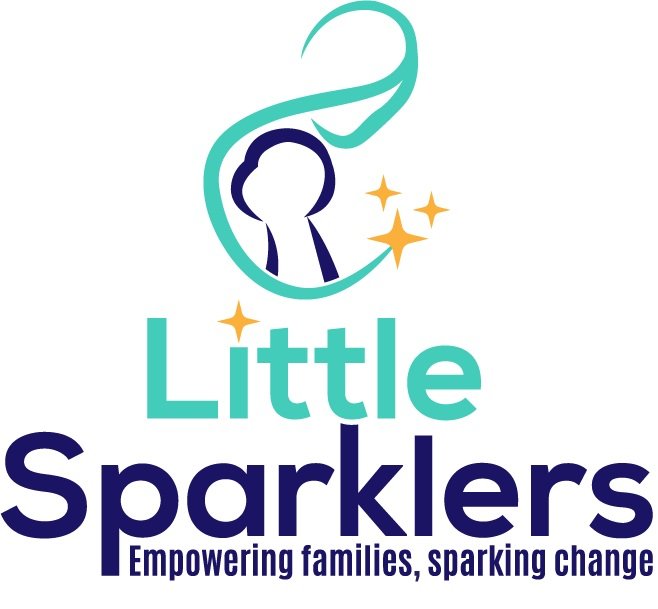Babywearing Safety
Babywearing is an incredible tool for many families as they meet their baby's intense need for rest, sleep, contact and proximity. It’s also a tool that has deep cultural roots for many communities around the world and the power, value and origins must be honoured wherever possible because the effects of colonisation would have us erase it altogether. Wearing your baby may seem like a novel idea for some of you, but it is far from a new concept.
We take the opportunity today to express our gratitude for the wisdom and valuable nurturing practices brought to the parenting world by cultures that have known all along the value of keeping your baby close through the use of carrying tools.
It is essential that every family has access to the TICKS principles outline below to babywear as safely as possible.
Image Credit: School of Babywearing
TIGHT – slings and carriers should be tight enough to hug your baby close to you as this will be most comfortable for you both. Any slack/loose fabric will allow your baby to slump down in the carrier which can hinder their breathing and pull on your back.
IN VIEW AT ALL TIMES – you should always be able to see your baby’s face by simply glancing down. The fabric of a sling or carrier should not close around them so you have to open it to check on them. In a cradle position your baby should face upwards not be turned in towards your body.
CLOSE ENOUGH TO KISS – your baby’s head should be as close to your chin as is comfortable. By tipping your head forward you should be able to kiss your baby on the head or forehead.
KEEP CHIN OFF THE CHEST – a baby should never be curled so their chin is forced onto their chest as this can restrict their breathing. Ensure there is always a space of at least a finger width under your baby’s chin.
SUPPORTED BACK – in an upright carry a baby should be held comfortably close to the wearer so their back is supported in its natural position and their tummy and chest are against you. If a sling is too loose they can slump which can partially close their airway. (This can be tested by placing a hand on your baby’s back and pressing gently - they should not uncurl or move closer to you.) A baby in a cradle carry in a pouch or ring sling should be positioned carefully with their bottom in the deepest part so the sling does not fold them in half pressing their chin to their chest.
TICKS used with permission of the UK Sling Consortium.
Wondering how babywearing may feature in your parenting and sleep story?


